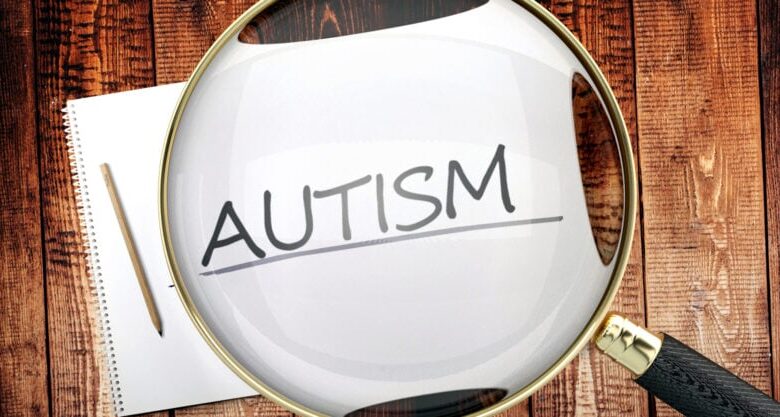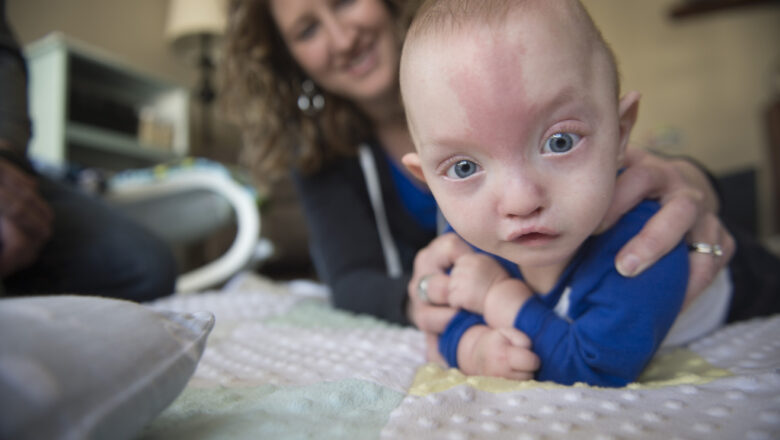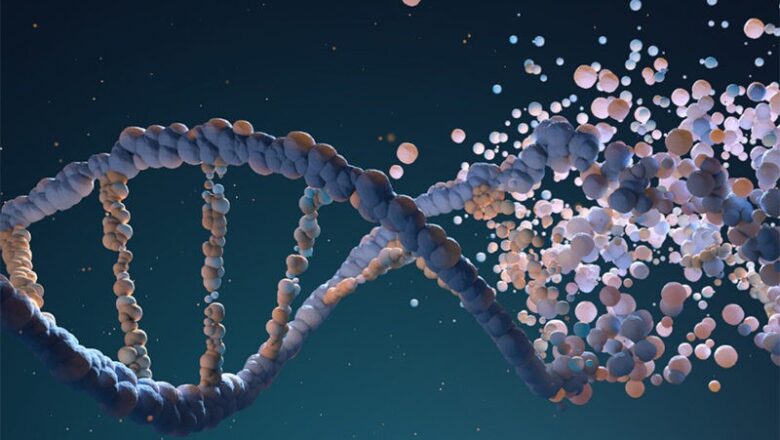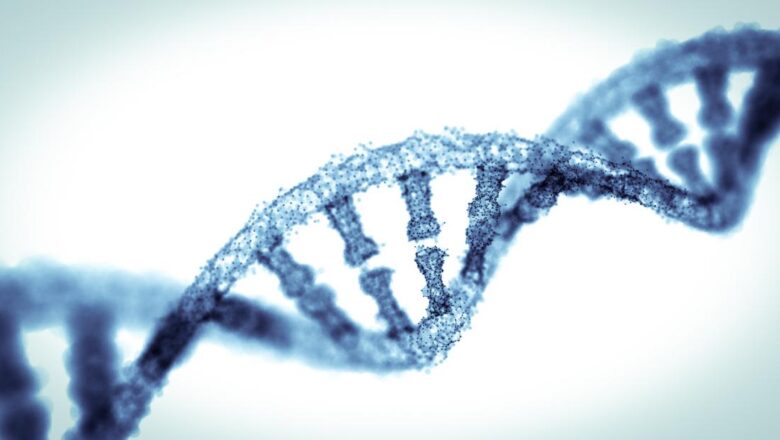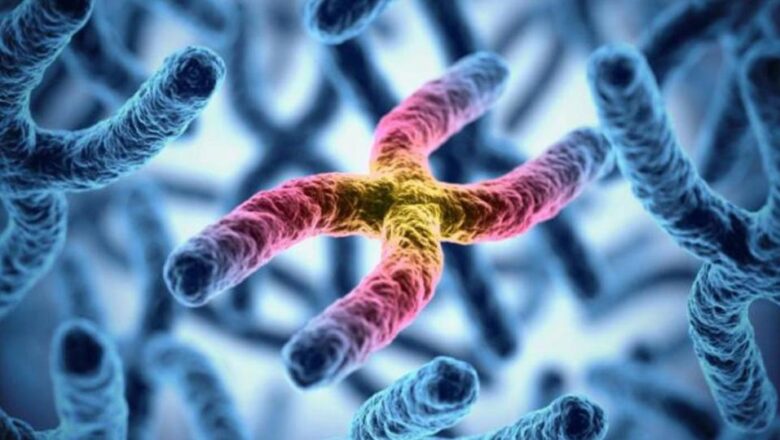
A Major Danger in Eye Health: Retinal Problems
Eyes have a complex structure that forms the basis of our ability to see. The retina, located within this structure, is an important component that detects light and transmits the image to the brain. However, retinal problems may occur as a result of various factors.
Types of Retinal Problems
These eye problems can occur due to various factors. The most common retina problems are:
Retinal Tears: It is a condition where the retina is torn and requires urgent medical intervention.
Retinal Detachment: It is the separation of the retina from the inner surface of the eye and is a serious eye problem.
Macular Degeneration: The macula is a central region within the retina. Macular degeneration occurs when this area is damaged and can cause loss of central vision.
Retinit...



